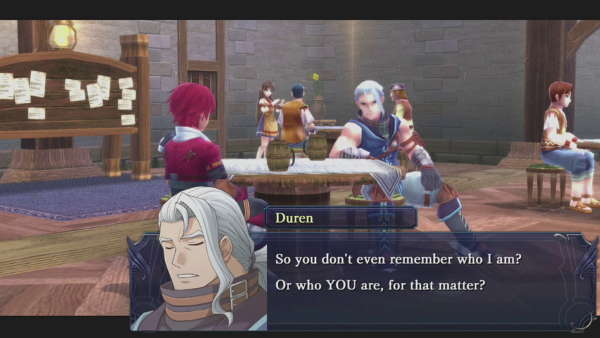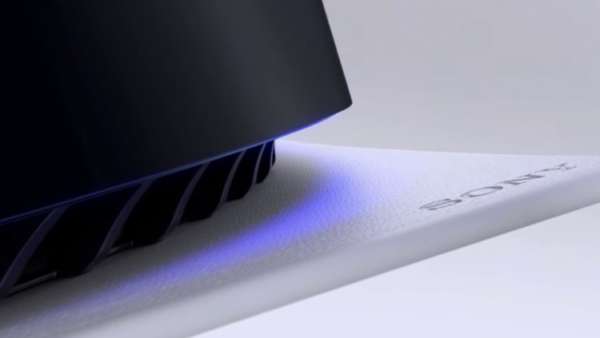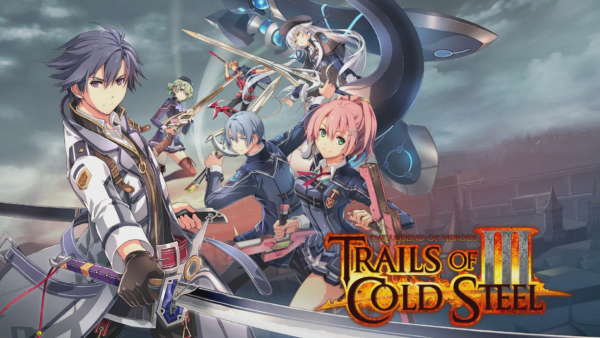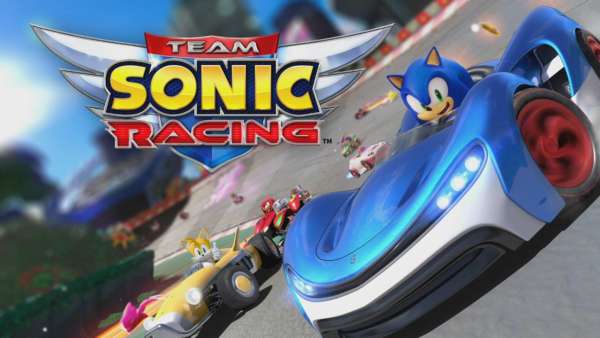Survival, humanity, and morality. These are the themes that permeate The Last Of Us, a game in which there is no right or wrong, there are no heroes and villains, and the protagonist is merely a bitter old man. The Last of Us is Naughty Dog’s triumphant work that will be remembered as a milestone in terms of storytelling and presentation, and has been since it originally released on the PS3 a year ago.
Now The Last of Us has come to the Playstation 4, with a sharp new look and at a smooth 60fps. The graphical upgrade is certainly a sight to behold, as the game on PS3 was already a benchmark for the console, but the jump up to PS4 allows us to see some of the stunning vistas in the Last of Us without a jaggedy frame rate.
Twenty years after a Cordyceps fungus mutates and begins to turn the human population into mindless zombie-like creatures who pass on the fungus with a bite, we join Joel, a world-weary man who has done what it takes to survive, no matter the cost. Before long we are introduced to Ellie, the fourteen year-old tomboy who joins Joel on a journey across America, and it’s this buddy dynamic that’s the heart and soul of the game. Joel and Ellie are portrayed by Troy Baker and Ashley Johnson, and it’s the high quality of their performances that stand out.
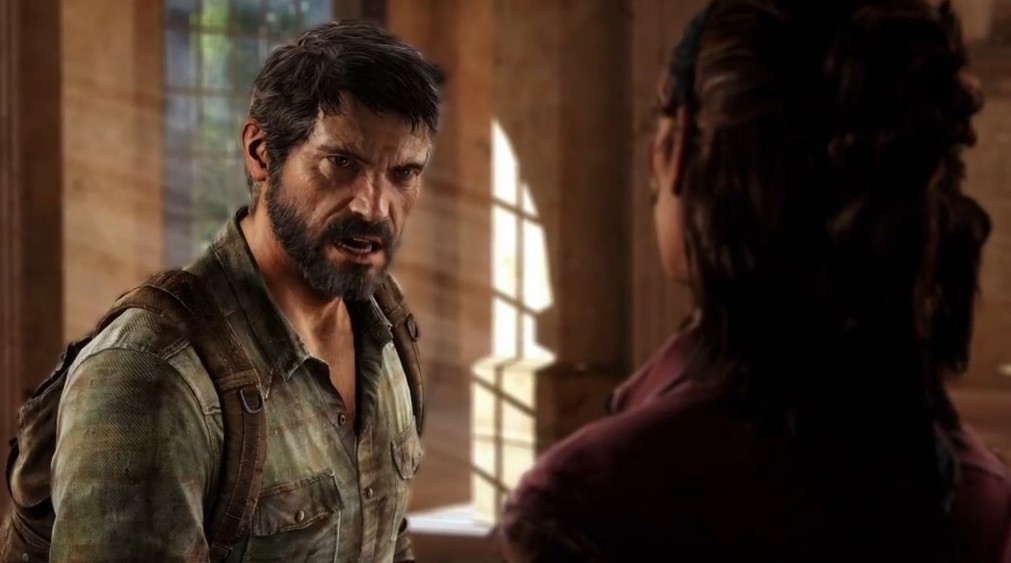
The Last of Us features some of the best acting yet seen in a video game
Troy Baker turns in one of the best acting performances in a video game, with Naughty Dog making use of motion-capture technology and the recording of voices at the same time. The subtle, understated nature of his performance as Joel fits in with rest of the game’s deliberate lack of bombast, and the game is better for it. Instead of sweeping orchestral scores, Gustavo Santaolalla’s guitar gently weeps as Joel and Ellie make their way through the game. Set pieces are not the in-your-face insanity of the Uncharted games, rather focusing on the tension of the situation. All this minimalism helps keeps the game grounded in reality, which is what Naughty Dog were aiming to do, and they hit it square on the mark. Top-notch writing, stellar characters who behave like normal people and very good acting all make the game believable despite the apocalyptic premise.
But story and presentation can only take a game so far, and thankfully the game design and mechanics in the Last of Us are handled very well. Players are informed of the ability to craft items and weapons using the various objects they find in the world. There are moments of genius in this aspect, for example the recipes for a health pack and a Molotov cocktail are the same, and it’s up to the player to use their resources wisely as nothing lasts forever.
Combat in The Last of Us is at its most interesting when dealing with the infected, as they will instantly kill Joel if they get close. Often the game places you in a stealth section where the distinctive Clicker enemies shamble around, and you have to keep quiet. The frantic nature of the fights with the infected are among the highlights; when a Clicker is trying its hardest to get to you while you frantically reload the shotgun to fire it just in time is a hair-raising but rewarding moment whenever it occurs.
Unfortunately, when dealing with human enemies, The Last of Us falls into the same traps that Uncharted does – an abundance of obviously placed chest-high walls and a cover system means that some sections of the Last of Us devolve into the same kind of bullet-sponge cover shooter we’ve been playing for years which is a shame. Thankfully this doesn’t take up too much of the game, but it can be annoying to see an enemy get shot in the chest over and over and only stagger more, to the point where it’s almost funny.
Another criticism is the puzzles to solve which revolve around getting Ellie across some deep water. Basically it will always involve finding a wooden palette for her to stand on (even Ellie herself remarks upon how often it happens) while Joel swims with it. Ladders, planks, and high ledges to boost Ellie over are how things get done in the Last of Us, and it would have been nice to see some more variety in the puzzles. However, these are minor grievances which do not affect the overall product too much. There’s enough exploring, storytelling, set-pieces and nerve-wracking Clicker battles to forgive the weaker TPS elements. There are even some moments that you couldn’t possibly have seen coming, with many poignant scenes which involve little to no action or combat but still stand out due to the emotional high they deliver.
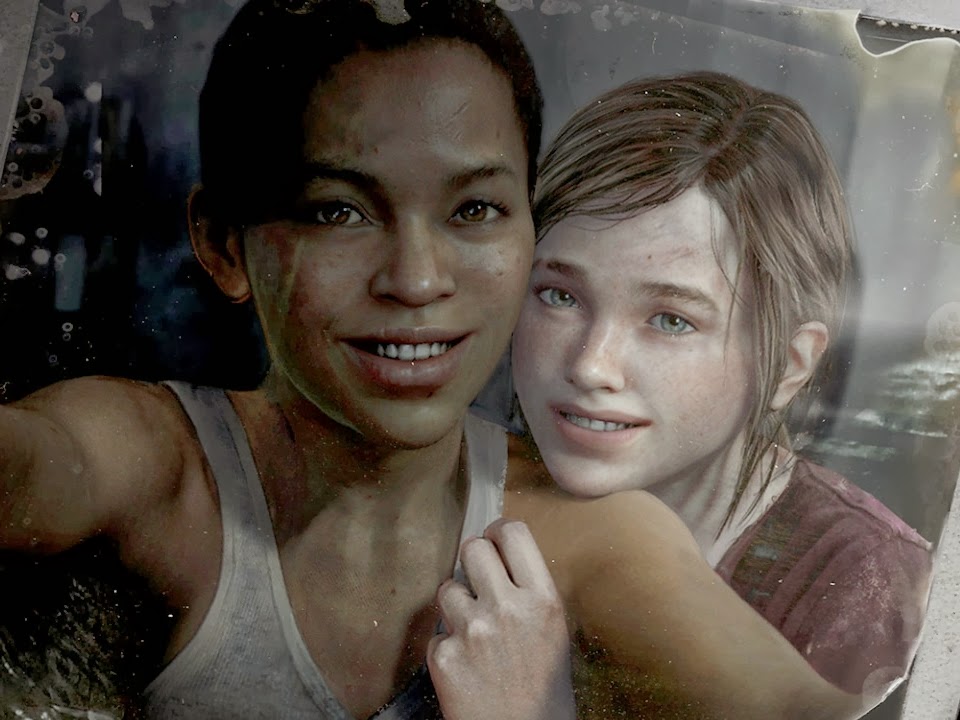 Left Behind lets you play as Ellie before the events of the game and features a flashback/flashforward narrative to great effect.
Left Behind lets you play as Ellie before the events of the game and features a flashback/flashforward narrative to great effect.
The Remastered version of the game comes with all the DLC that was previously released for the Last of Us, including the extra episode Left Behind, in which we see events of the main story from Ellie’s perspective as she flashes back to her experiences before the start of the game. Left Behind is a standout piece of game design, in which players control Ellie as she spends a typical day with her friend Riley. There’s something to be said about a game that lets you just be a kid and mess around in a shopping mall when it’s closed, and Naughty Dog have dared to defy convention. In a modern action game like this, you would never expect to be playing hide and seek with water guns, but Naughty Dog makes it a worthy addition. It’s these sections that make us empathise with Ellie as she’s forced to grow up in an unforgiving world, and the flashback/flash-forward nature of the episode helps to emphasise this as it contrasts between the mall section and the Winter section of the game.
If you have a PS4 and somehow haven’t experienced Naughty Dog’s masterpiece, the remastered PS4 version of the Last of Us is the definitive experience. An unbroken framerate, improved visuals and a complete package add to the already stellar game, making the Last of Us Remastered a must-own on the PlayStation 4.

